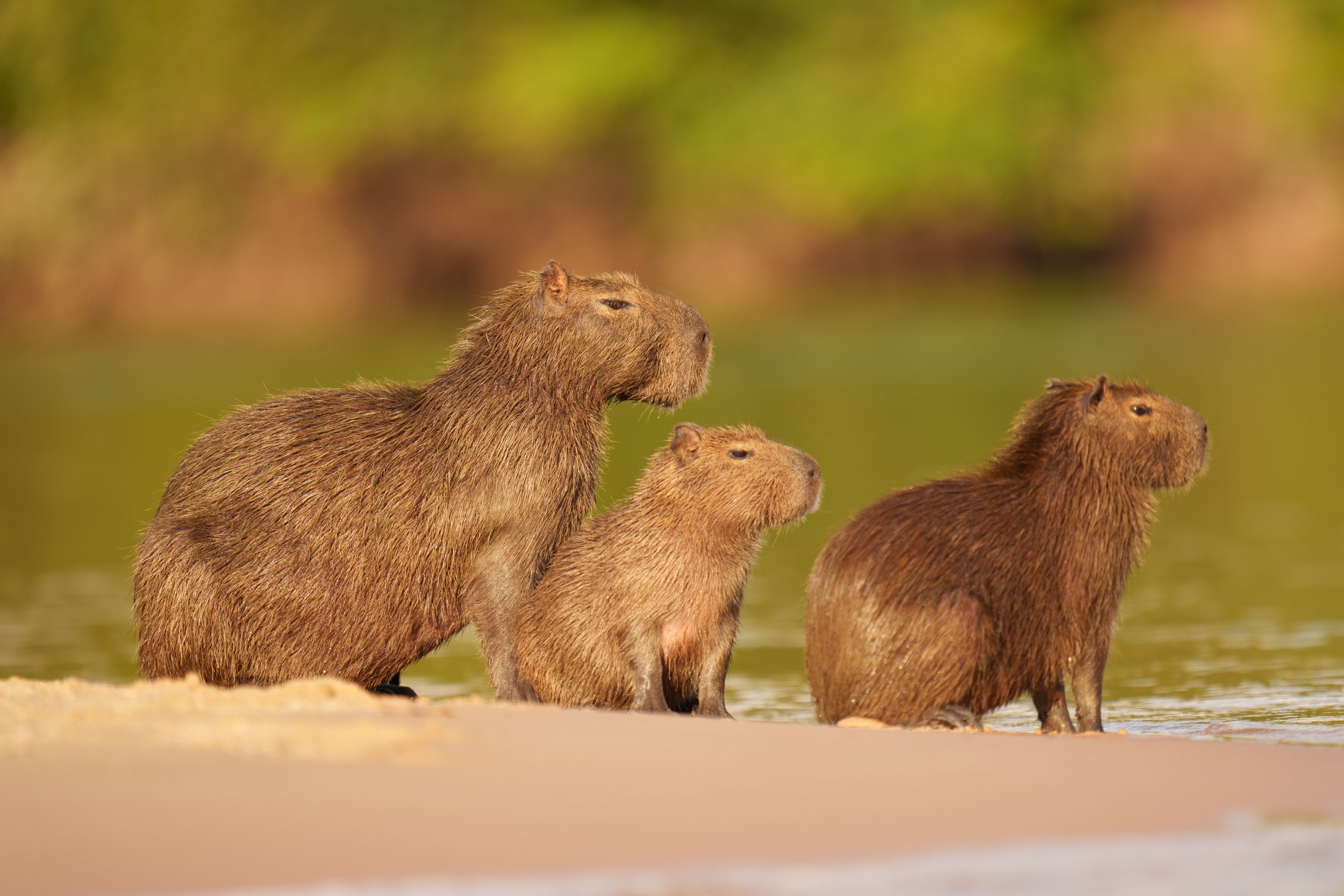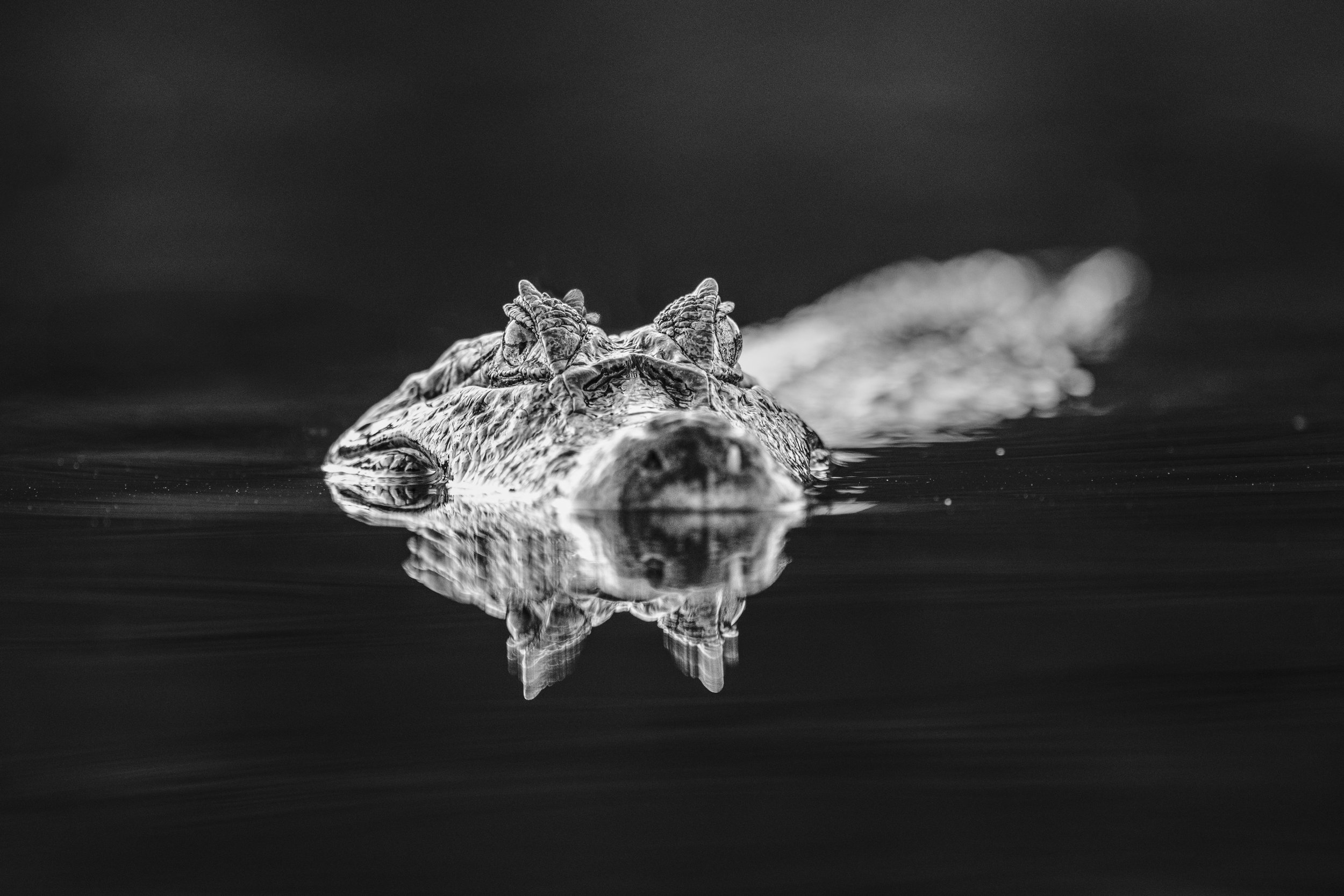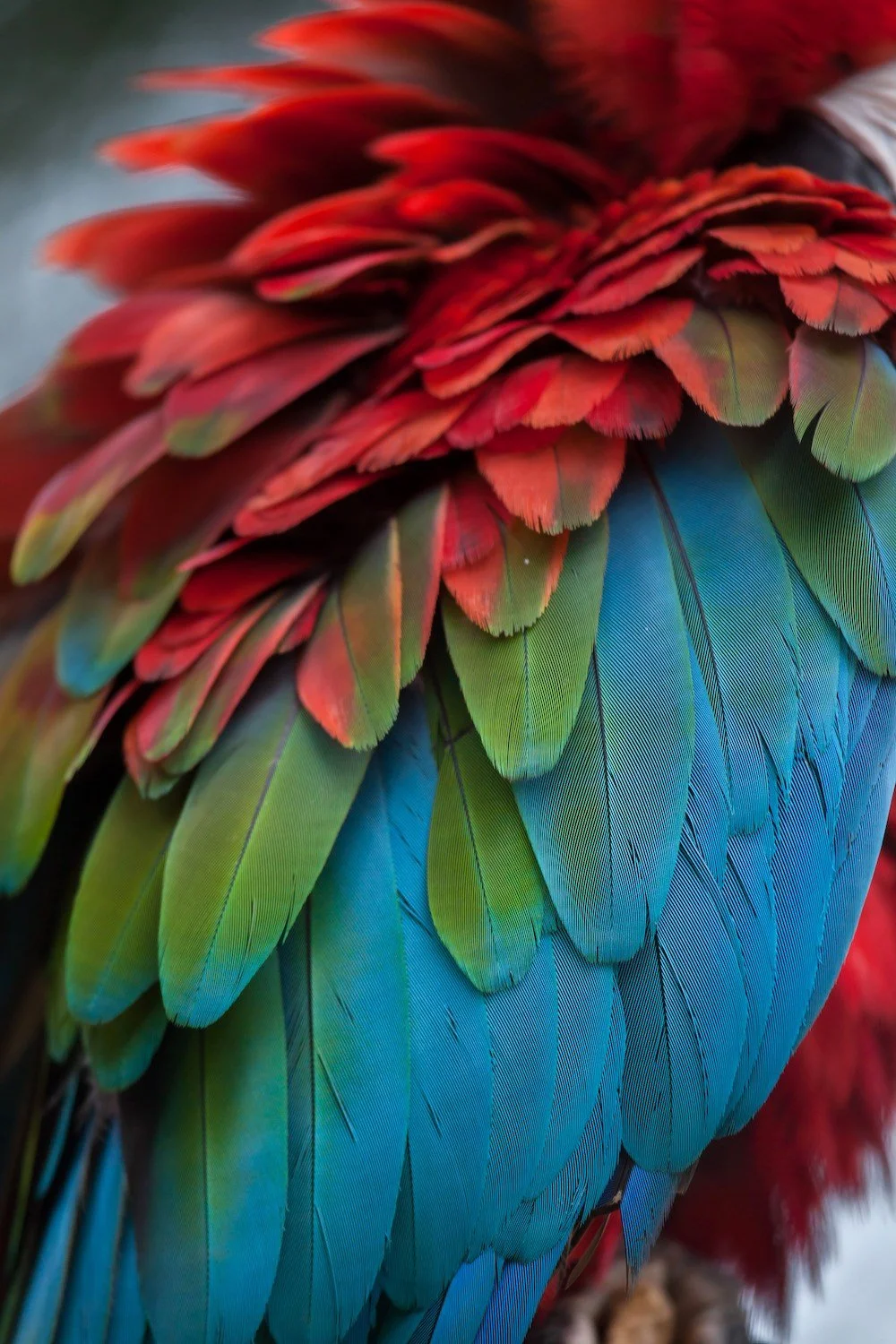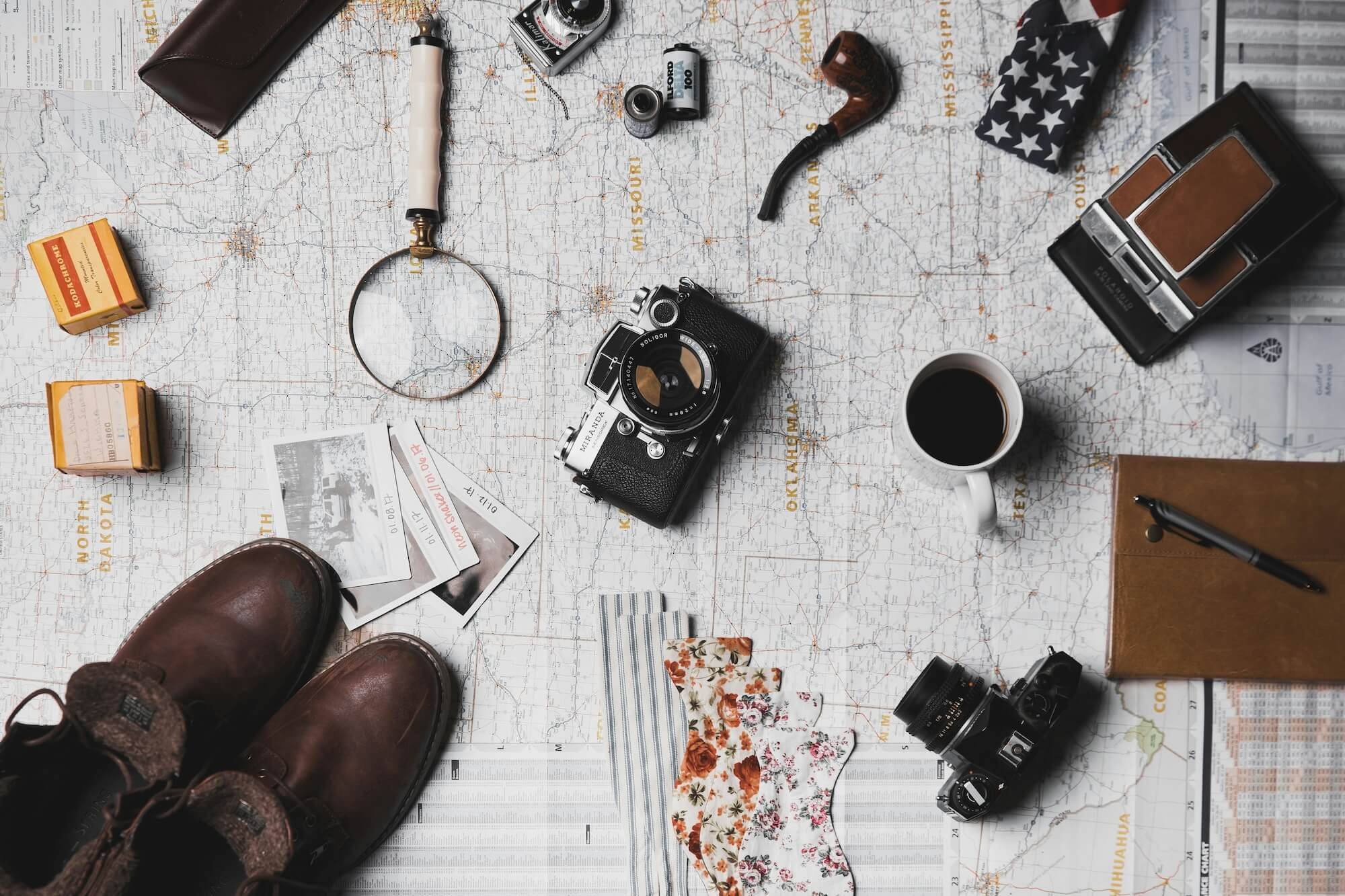
Untamed Brazil
Wildlife of the Amazon and the Pantanal
Experience the magic of Brazil’s Pantanal and Amazon region, where savannah, wetland, and rainforest seamlessly blend together and create one of the most ecologically significant and biodiverse regions on Earth—3,500 different plants, 400 kinds of fish, more than 100 mammal species, and hundreds of reptiles and amphibians, and more. Covering more than 75,000 square miles across Brazil, Bolivia, and Paraguay, the Pantanal is the world’s largest wetland, and this workshop is designed around exploring the best of the north and south portions of this incredible wonderland.
This unique mosaic is home to an extraordinary array of wildlife, including jaguars—the largest cats in the Americas—prowling the riverbanks in search of prey, mostly caimans, but sometimes the capybara, too.
Giant river otters, playful yet fierce apex predators of the waterways, glide effortlessly through the tannin-rich waters, while tapirs and caimans thrive in the dynamic interplay of water and land. Over 650 species of birds, from vibrant toucans and hyacinth macaws to jabirus and the elusive Agami heron, fill the skies with their vibrant colors and songs, creating an unparalleled opportunity to witness and photograph the wonders of the natural world.
The Cerrado, often referred to as the “upside-down forest” due to its deep-rooted vegetation, is a vibrant combination of grasslands, savannas, and woodlands that sustains an extraordinary range of wildlife. It is home to iconic species like the maned wolf, known for its striking red coat and long legs, and the giant anteater, a unique mammal with a keen sense of smell and a tongue built for devouring ants and termites. These species share their habitat with armadillos, crab-eating foxes, colorful macaws, and countless reptiles and amphibians, including the green anaconda.
The Cerrado’s ecological importance extends beyond its biodiversity—it serves as a vital water reservoir for Brazil and sequesters significant amounts of carbon in its deep soil, acting as a natural defense against climate change. However, the relentless push for agriculture threatens to unravel this delicate ecosystem, putting its remarkable wildlife and critical environmental functions at risk.
Just beyond the Pantanal lies the Brazilian Amazon. The Amazon rainforest unfolds as the world’s largest tropical forest, a living tapestry of lush vegetation supporting 10% of all known species in the world, including many that have yet to be discovered. The forest reverberates with the calls of howler monkeys, joined by marmosets, capuchins, and a plethora of other primate species. Other species we’ll target here include white-lipped peccary, collared peccary, king vultures, tapir, Gould’s toucanet, white-throated toucan, myriad of tanagers, and more!
Recognizing its significance, efforts to protect the Amazon have ramped up through a combination of government policies, indigenous stewardship, and international conservation initiatives. Protected reserves now cover approximately half of the Brazilian Amazon, safeguarding critical habitats while empowering local and indigenous communities who depend on the forest for their way of life.
Join us on a once-in-a-lifetime adventure as we explore this extraordinary convergence of ecosystems. Our responsible travel contributes directly to the local economies and supports initiatives that protect one of nature’s grandest masterpieces.
The Basics
Dates: September 30 - October 13, 2026 SOLD OUT
Cost: $16,995
Deposit: $3000
Single Supplement: Included
Group Size: Limited to 6 photographers
Includes:
Single-occupancy lodging
All meals and non-alcoholic beverages
All scheduled in-country flights during the itinerary
All ground transportation
All entrance fees and passes
Gratuities for housekeeping, dining staff, and drivers
Not Included:
Airfare to/from Brazil
Visa and related fees
Items of a personal nature
Travel insurance (highly recommended)
Medical evacuation insurance (required)
Gratuities for the local naturalist guide
Incidentals incurred at lodging
Airline baggage fees beyond what is included in the airfare
PHYSICAL DIFFICULTY: This itinerary is more about observation than physical exertion, with most of our wildlife photography happening from boats, 4x4, and other vehicles, or directly near them. While no significant level of fitness is required, the trip can be demanding—expect early mornings, long days, and limited downtime during some parts of the trip.
Brazil’s heat and humidity can also add to the challenge. To fully participate, guests should be comfortable with several walks and hikes of one to two miles over mostly flat, dry terrain, though some areas may be uneven. We are always happy to answer questions to help you determine whether or not this trip is the right fit for you.














Workshop Highlights
Chasing the “Brazil Big 5” - Giant Otter, Maned Wolf, Giant Anteater, Tapir, and the Jaguar
Visiting three regional biodiversity hotspots: North Pantanal, South Pantanal, and the Brazilian Amazon
Photograph red-and-green macaws in flight at eye level against the dramatic canyon walls of the famous Buraco das Araras
Four full days photographing jaguars, caiman, capybara, and avifauna from our private boat
Private charter flights between each region, avoiding 8+ hour drives and lost photography time
The Itinerary
Day 1:
Arrive in Campo Grande
Our adventure begins upon arrival at Campo Grande Airport (CGR), the capital of Mato Grosso do Sul. You’ll get settled into our luxury hotel for the evening and then we’ll meet as a group for dinner. After dinner, we’ll do a short orientation to prepare for the journey ahead.
Day 2:
Day 3:
Campo Grande to Aquidauana
After breakfast, we embark on a 3.5-hour drive to our lodge in Aquidauana, a region renowned for its rich mosaic of wetlands and savannas. In the afternoon, we’ll venture out in search of the giant anteater, the iconic mammal of the Southern Pantanal, and other wildlife on the lodge’s expansive property.
Day 4:
Day 5:
Days 6-9:
Day 10:
Days 11-13:
Day 14:
Exploring Around the Lodge
Today is dedicated to exploring the lodge’s surroundings on an open safari vehicle in search of the giant anteater, southern tamanduas, pampas deer, nine-banded and yellow armadillos, plus all the bird life of the area.
Aquidauana to Bonito
In the morning, we drive approximately 3 hours (around 250 km) to the Bonito region. Our first stop is lunch, followed by a visit to the famous Buraco das Araras, a sandstone sinkhole that serves as a spectacular backdrop for photographing Red-and-Green Macaws in flight and at eye-level. Other species for the day we’ll look to photograph are lineated woodpecker, blue-and-yellow macaw, Amazonian motmot, and peach-fronted parakeet. Later, we continue to our lodge in Bonito for dinner and an overnight stay
Bonito to Porto Jofre
After a morning revisit to Buraco das Araras for additional photography, we avoid a 10-hour rugged drive by taking a private charter flight to Porto Jofre, situated at the terminus of the Transpantaneira Park Road along the Cuiabá River. After settling into our home for the next few days, we’ll embark on our first boat safari to search for the famous jaguars of the Pantanal and the plethora of wildlife that make this dynamic environment their home.
Jaguar Safaris in Porto Jofre
Over the next four days, we’ll explore the waterways of the northern Pantanal. Our primary focus will be photographing jaguars in their natural habitat, along with the other river wildlife including giant river otter, neotropical otter, tapir, capybara, anaconda, dozens of bird species, and more!
Porto Jofre to Cunhataí Pořa Ecological Reserve
After breakfast, we board our private charter flight to the Mato Grasso savannah, heading to the Cunhataí Porã Reserve in the Amazon. Created with conservation and harmony with nature in mind, the reserve is home to thousands of exotic birds, mammals, insects, and plants - a biodiversity wonderland! Tapir, collared peccary, king vulture, white-throated toucan, and Gould’s toucanet are just some of the wildlife we’ll be looking for!
Cunhataí Pořa Ecological Reserve
These days are dedicated to exploring the more than 6,000 acres of the reserve, with a truly unparalleled opportunity experience the breathtaking biodiversity of the region. An impressive array of species call the Amazon biome their home, drawing enthusiasts from all over the world to enjoy the vibrant colors and calls of rare species.
Cuiabá
After our farewell breakfast, we again board a private charter flight to Cuiabá for our onward flights, carrying with us memories and images of Brazil’s unparalleled natural beauty. From here, you can depart to Rio de Janiero or São Paulo where international flights back home are readily available.
We do our best to adhere as closely as possible to the planned itinerary, but it is subject to change due to requirements from our vendors and travel partners, force majeure, safety, and other unforeseen circumstances.
Workshop Leader:
Annalise Kaylor is a full-time wildlife and conservation photojournalist whose work has taken her to 40 countries worldwide (and counting!). She is also the co-founder and co-host of the PhotoWILD Podcast, which braids together the art and science of wildlife photography. annalisekaylor.com




